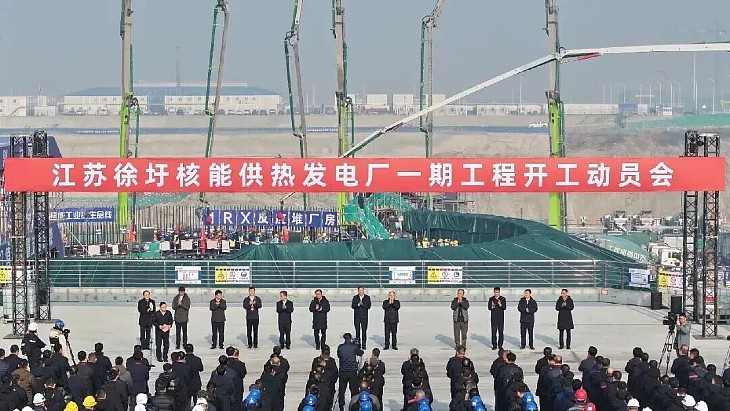Following a strategic review of its business, Energy Resources of Australia (ERA) has said it will prioritize the rehabilitation of the Ranger project area and the processing of stockpiled ore while keeping open the option of future development of Ranger 3 Deeps.
ERA commenced its strategic review in December 2015 following a decision by the Mirarr Traditional Owners not to support an extension of its authority to mine and process uranium in the Ranger project area in Australia's Northern Territory. The current authority expires in 2021. The objective of the review, completed in April, was to identify options to maximise shareholder value taking into account a range of factors including the outlook for the uranium industry. The company announced the outcomes of the review ahead of its annual general meeting on 4 May.
Three near-term strategic priorities have now been identified that ERA says will support progress towards its vision of being a "world-class supplier of uranium that contributes to environmental sustainability and is trusted by Traditional Owners and the community".
Progressive rehabilitation of the Ranger project area is to remain a key priority. The Ranger authority requires all rehabilitation activities at the site, which is surrounded by the World Heritage-listed Kakadu National Park, to be completed by January 2026.
Open cut mining started at Ranger in 1980 and continued until 2012, with a total of three pits developed over that time. ERA's long-term vision is to return the disturbed area to a viable ecosystem. Recent milestones in the rehabilitation program include the dewatering and capping of the backfilled pit 1 with a metre-thick layer of laterite, a clay-like mineral. ERA is now seeking regulatory approval to place waste rock over the surface before land forming and revegetation.
ERA recently entered into an AUD100 million ($76.4 million) credit facility agreement with its major shareholder Rio Tinto to support the rehabilitation work. The company had AUD433 million in cash resources and a total rehabilitation provision of AUD509 million as of 31 December 2015. The company expects its own financial resources to be sufficient, but said the credit arrangement will provide additional assurance to stakeholders that rehabilitation can be fully funded "in a range of business scenarios".
A second priority for the company is maximising generation of cash flow from the processing of stockpiled ore. Currently stockpiled ore reserves of 10,383 t U3O8 (8805 tU) could potentially sustain processing activities until late 2020, the company said. A major near-term operational focus will be to offset the impact of declining grades in stockpiled ore with productivity improvements and targeted cost reductions.
The final priority identified in the review is to preserve the option for the future development of Ranger 3 Deeps through a care and maintenance program of the exploration decline and related infrastructure, at an annual cost of about AUD4 million. ERA had been investigating a potential underground mining operation at Ranger 3 Deeps, an extension of the Ranger 3 orebody estimated to contain 34,761 t U3O8 (29,477 tU). Work began on a 2.2 km exploration decline, reaching depths of 400-500 metres, in May 2012, but in June 2015 ERA announced that it would not proceed to the planned final feasibility study under the current operating environment.
Ranger 3 Deeps could provide around ten years of additional production but can only viably be developed if an extension to the Ranger Authority is granted. Reactivation of the project any later than mid-2018 would be likely to result in a production gap which would further risk which would further risk compromising the project's viability, the review found. "The company will periodically review whether it is appropriate to initiate targeted studies on Ranger 3 Deeps aimed at optimizing the value of the project," the company said.
Researched and written
by World Nuclear News





_45278.jpg)
_28178.jpg)
_66891.jpg)





